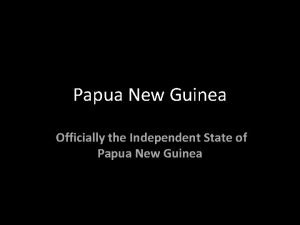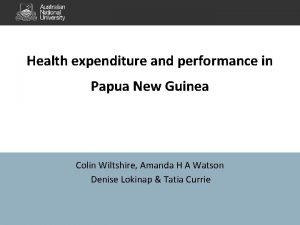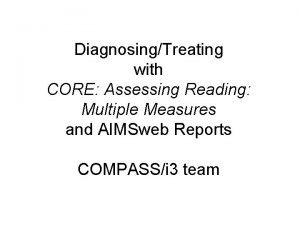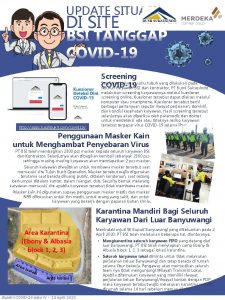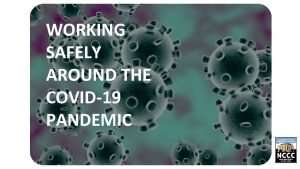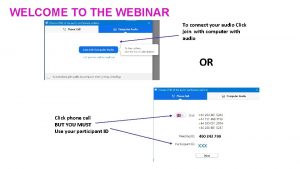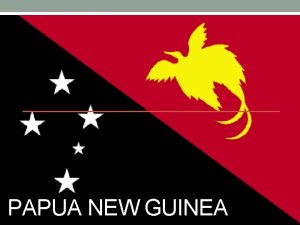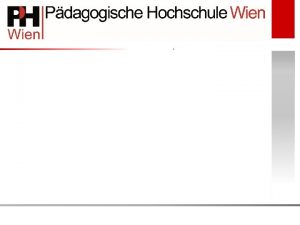HIGH FREQUENCY PHONE SURVEY ON COVID19 PAPUA NEW





- Slides: 5

HIGH FREQUENCY PHONE SURVEY ON COVID-19 PAPUA NEW GUINEA & SOLOMON ISLANDS Kristen Himelein Senior Economist / Statistician June 24, 2020

OVERVIEW § Priority countries: Papua New Guinea & the Solomon Islands § Questionnaire: Basic household information, Knowledge of COVID 19, Employment & Income Loss (respondent and household head), Food Access & Food Security, Coping Strategies (household head only), Access to Health Services, Public Trust & Security, and Assets and Well-being. Can be conducted in either English or pigin/pidgin. § Fieldwork § PNG: launched with Digicel on June 18 (1, 217 completed to date). § Solomon Islands: June 20 with Tebbutt (256 completed to date). § All interviews to be completed by June 30. § Preliminary Results expected mid-July. § Frequency: Planning four subsequent rounds quarterly (funding permitting). 1

SAMPLING & WEIGHTS § Sample size: 2500 households per country, national coverage. § Sampling design: Proportional to population size at the province level in PNG, Mixed bag in the Solomon Islands. § Implementation strategy: Random Digit Dialing (RDD) in PNG, combination of RDD and firm list in Solomon Islands. All surveys conducted remotely targeting mobile phones. § Weighting strategy § Based on most recent available national household survey: 20162018 DHS in PNG and 2015 DHS in the Solomon Islands. § Will reweight based on sex, age, education, and occupation of household head + geographic characteristics (province, district/ward, and urban/rural status). § Necessary to benchmark the welfare distribution to understand bias from implementation mode. 2

PILOTING RESULTS § Pilots were conducted prior to the launch of fieldwork. § Main lesson is on the length of the questionnaire. § Highly variable between PNG and the Solomon Islands. § 43 minutes to complete base questionnaire in PNG § 23 minutes to complete base questionnaire in the Solomon Islands § Need to reduce the length multiple times. § Drop questions. § Randomize sections: In PNG half of respondents will answer the “Knowledge of COVID-19 section” and half will answer the “Public Trust & Security” section. 3

COLLABORATION § In design phase, reached out to UN system and other development partners for requests – very limited scope to add questions because of time constraints. § Potential solution: Follow-up surveys. § Revisit the same households or a targeted sub-sample. § Can link the data between rounds and therefore later rounds can avoid high start-up costs and weight calculations. § Joint reports. § UNICEF partnership § Doing follow-up surveys with UNICEF in both PNG and the Solomon Islands that will revisit the households with children to ask intensive set of questions on child and maternal health. § Potential with UN Women 4
